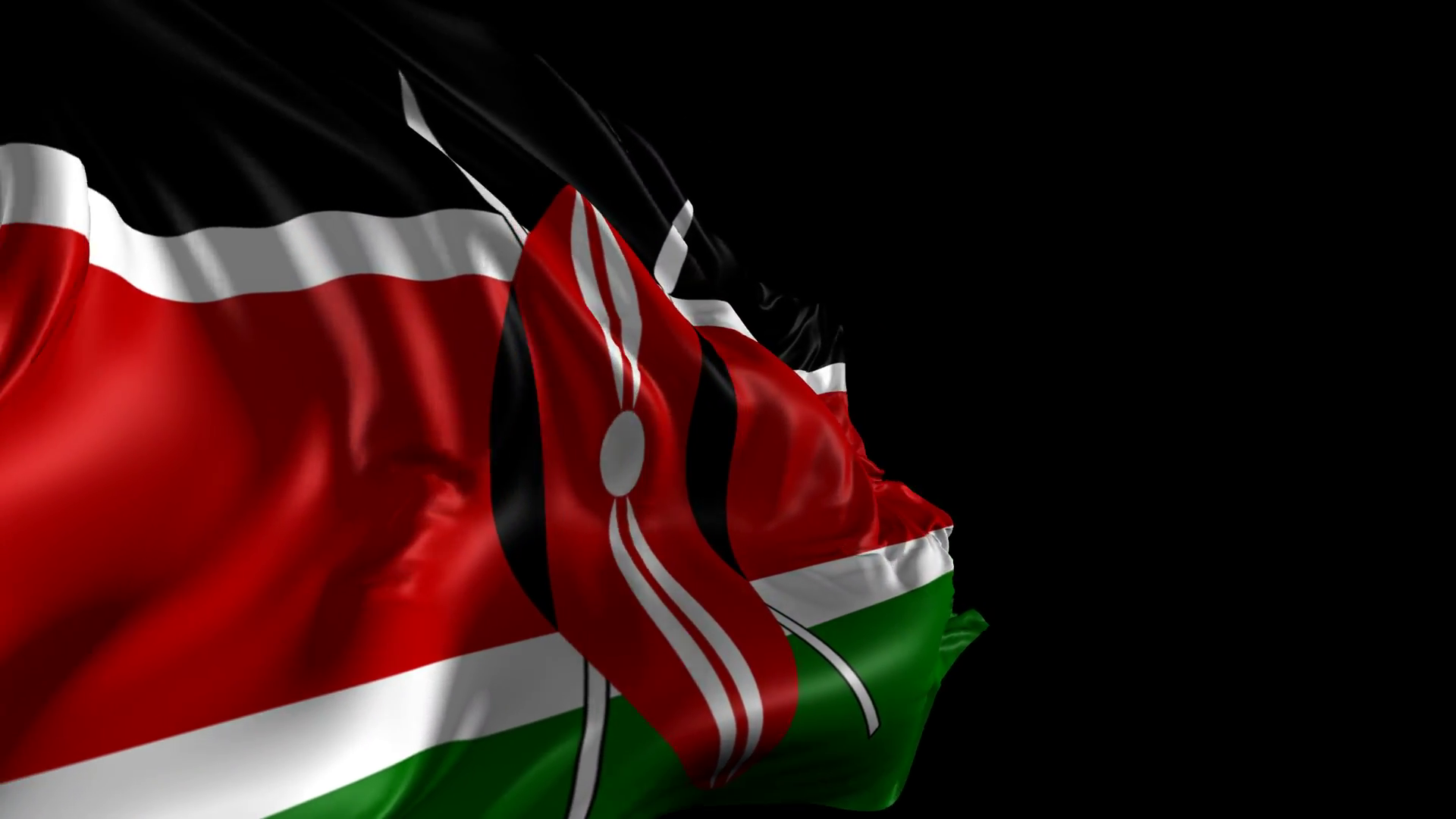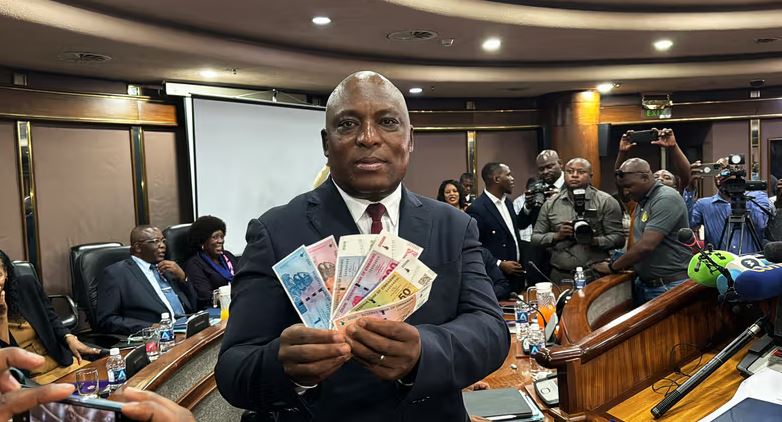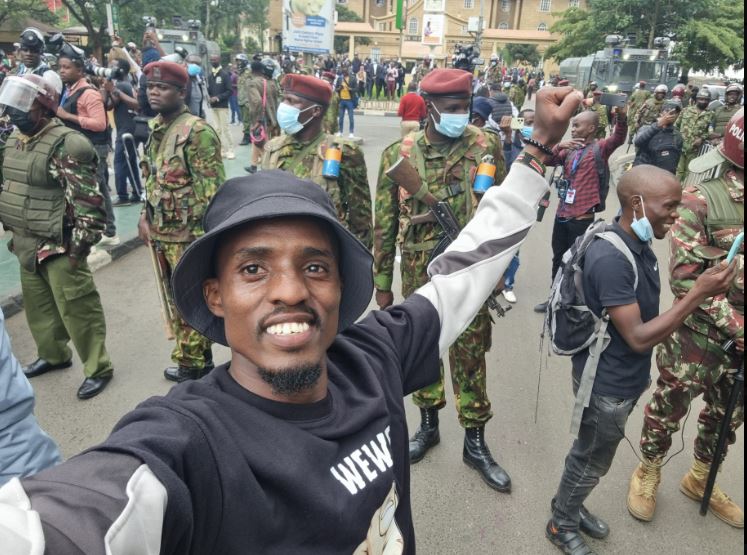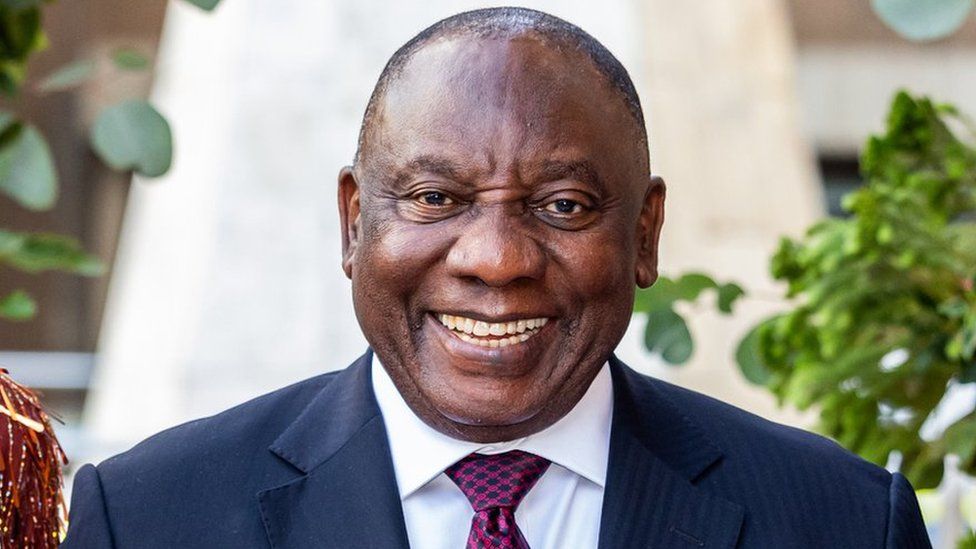For Kenyans, 2018 begun on a knife edge. The final months of 2017 had been dominated by a dispute over the annulled August presidential election and the repeat in October. After President Uhuru Kenyatta was controversially sworn in for a second term in November, his rival, Raila Odinga promised to have a parallel inauguration ceremony, which after being put off twice, was slated for end of January.
Odinga finally took his oath as the “People’s President” on 30 January, unleashing a wave of government repression, including the shuttering for two weeks of private media stations who covered the event live, the arrest and illegal “deportation” of the self-styled “General” of the National Resistance Movement, Miguna Miguna, as well as the prosecution of Lawyer and MP, Tom Kajwang, for administering the oath. The stage was set for a continuing gargantuan struggle between the two Presidents for power and legitimacy – each had one and craved the other.
Yet as I write this, all that seems to have been nothing more than a bad dream. The Handshake of March 9 completely scrambled the political picture, yoking Kenyatta and Odinga together in a political deal that was reminiscent of other deals the latter had forged with the former’s predecessors whom he claimed had stolen the Presidency from him: Mwai Kibaki in 2008 and Daniel arap Moi in 1997.
The deal conspicuously left Kenyatta’s deputy and presumed successor, William Ruto, out in the cold and set up an interesting historical dynamic. Since independence 55 years ago, Kenya’s ethnically-charged politics have been dominated by the shifting alliances and conflicts between 3 of its 44 officially recognized communities: Odinga’s Luo, Kenyatta’s Kikuyu and Ruto’s Kalenjin. In 1963, the independence party, KANU, was essentially a coalition of Kikuyu and Luo, and the Kalenjin, led by Moi, were in the opposition. Within a year, the opposition party, KADU, had been folded into KANU. By the close of that decade, following a falling out between Jomo Kenyatta and Oginga Odinga (Uhuru’s and Raila’s dads), Moi was Vice President and it was the Luo’s turn to be cast out into the cold.
In 2002, a coalition of Luo and Kikuyu elites, led by Mwai Kibaki and the younger Odinga, took over from Moi, who had been in power for nearly a quarter of a century, following Jomo Kenyatta’s death in 1978. This however, was not to last. Kibaki and Raila fell out and the latter joined hands with Ruto, the new Kalenjin kingpin, to challenge for the presidency in the 2007 general election. That bungled election, and the violence it precipitated in early 2008 forced all three together in a Government of National Unity. In a repeat of what happened in the 60s, this was followed by another Kikuyu -Kalenjin alliance which swept to power in 2013 and retained it in 2017 with the Luo again left in opposition.
The Handshake has reshuffled those alliances again, and William Ruto is now very much of the defensive. The President’s renewed and seemingly vigorously prosecuted war on corruption, which kicked off with the hiring of a new Director of Public Prosecutions, Noordin Haji, and threats of lifestyle audits, has been seen by some as an attempt to clip his deputy’s wings. Given recent comments by the ruling Jubilee party vice chairman David Murathe, to the effect that Ruto should retire from politics when Kenyatta’s final term ends, and despite the President’s protestations of innocence, Ruto’s fate and ambition will be a defining issue for politics in 2019.
Similarly, Kenyatta will be under pressure in the coming year to begin to show tangible results in the corruption fight in the form of convictions. He has staked his legacy on the ability to bag the “big fish” – corrupt senior government officials – but so far, has only an empty net to show for it. The wheels of the Kenyan justice system grind very slowly indeed and it won’t be long before public confidence the DPP and the President begin to wane. They will need a few quick wins early in the year but it is unclear whether the courts will oblige. It is a problem of Kenyatta’s own making as in his rhetoric he has repeatedly emphasized convictions, rather than an actual reduction in the prevalence of corruption, as the measure of success. He has failed to articulate a comprehensive policy beyond prosecutions to seal the loopholes that provide opportunities for the pilfering of public funds. And now, he is trying to set up the judiciary to take the fall, suggesting in his Independence Day speech that judges were offering easy bail terms to suspects and deliberately slowing down cases. This will be an interesting and continuing flashpoint throughout the coming year.
A final theme to watch in 2019 will be the issue of the national debt and the increasing skepticism with which ordinary Kenyans view the country’s relations with the largest holder of that debt – China. At the end of 2018, debt repayments and IMF conditionalities for new loans, have seen taxes raised on basic commodities like petroleum. The President’s upbeat rhetoric on the performance of his signature project, the Standard Gauge Railway, is undermined by seemingly waning Chinese confidence in the project and reports, denied by both governments, that China may take over Mombasa port if Kenya failed to keep up its payments. With the government now reduced to borrowing from Peter to pay Paul, 2019 is set to bring even tougher economic hardships for Kenyans than 2018.



